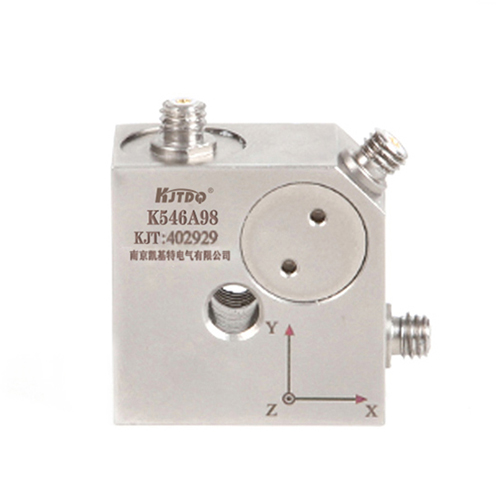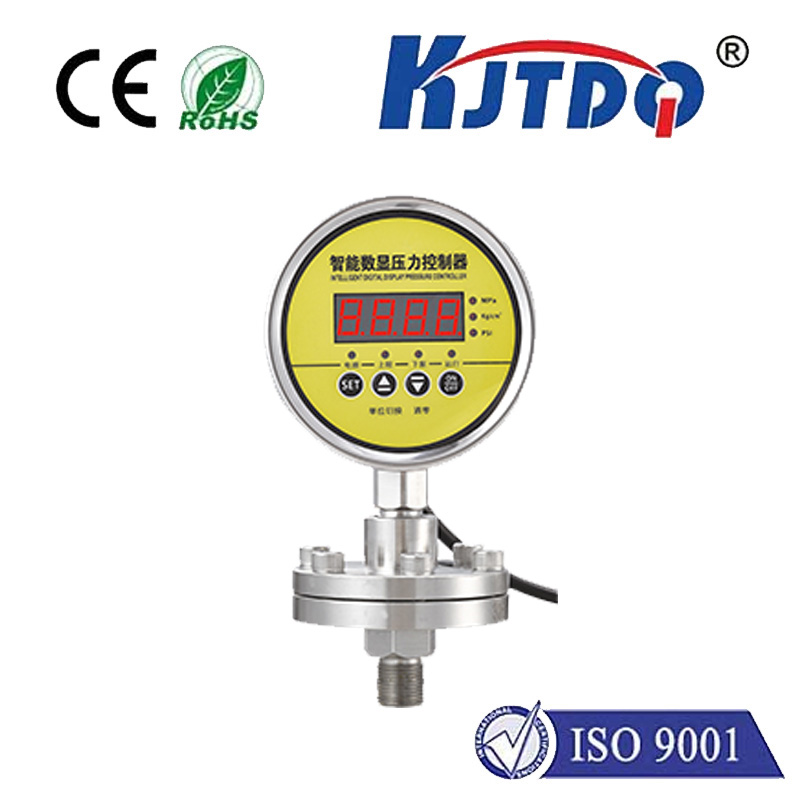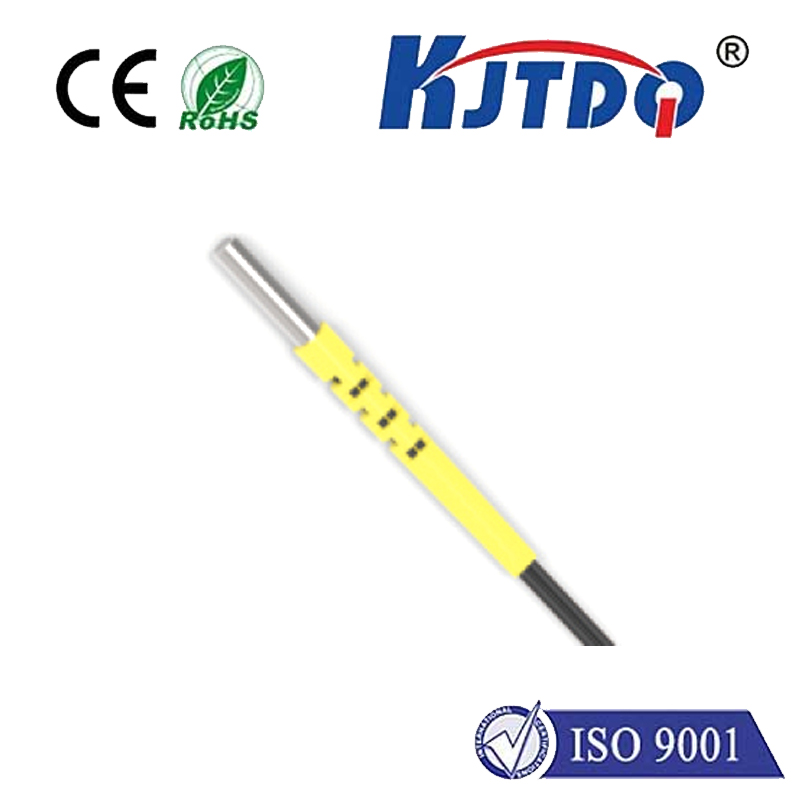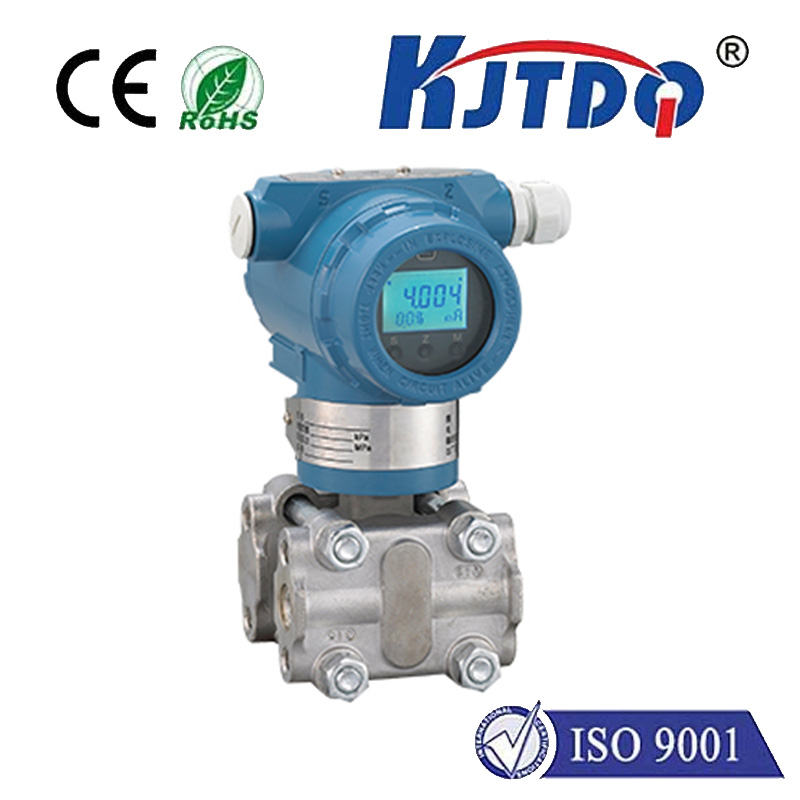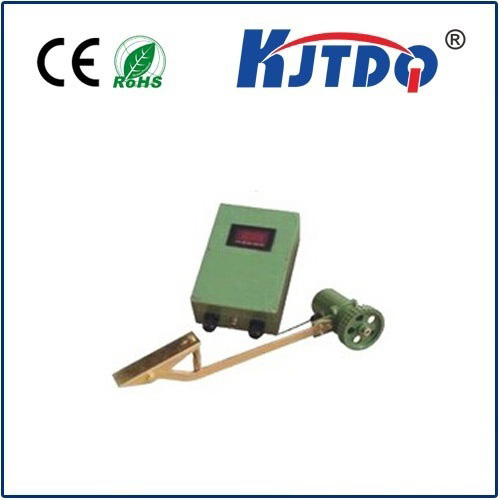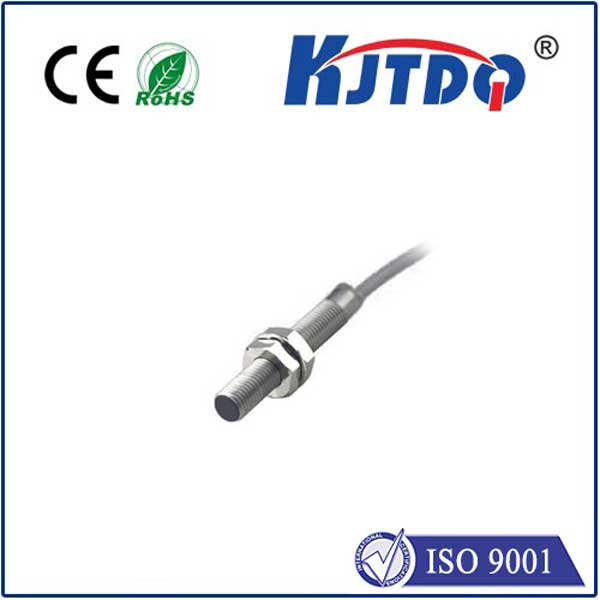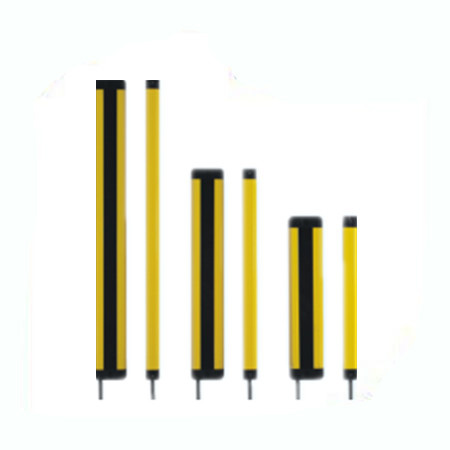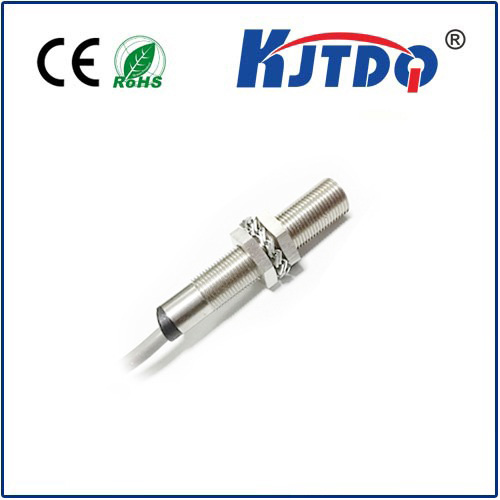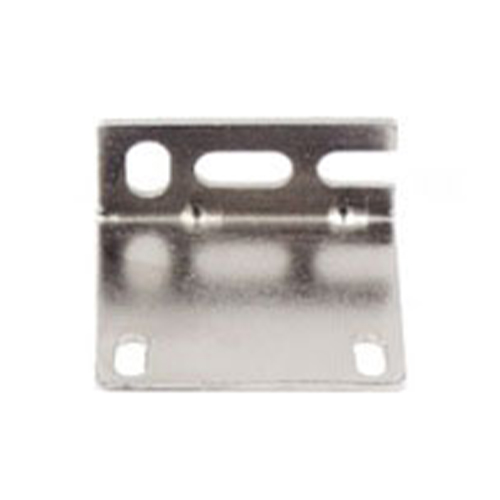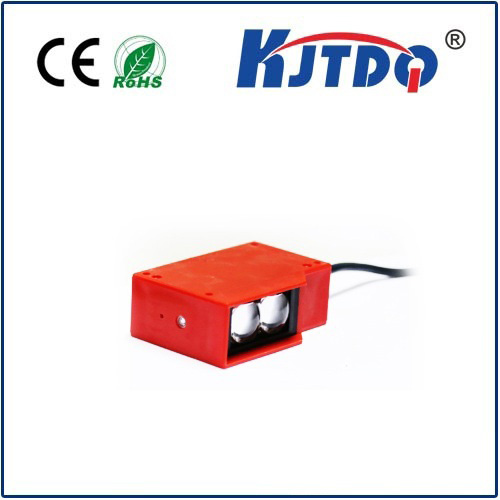Radar Sensor in Robotics: Enhancing Perception and Control
In the rapidly evolving field of robotics, the integration of advanced sensors has become pivotal for achieving robust and intelligent systems. Among these, radar sensors stand out as a critical component in enabling robots to perceive their environment and make informed decisions. This article explores the role of radar sensors in robotics, focusing on their capabilities, applications, and the impact they have on the performance of autonomous systems.
Radar (Radio Detection and Ranging) sensors work by emitting electromagnetic waves and measuring the time it takes for the waves to return after reflecting off objects. This principle allows radar sensors to determine the distance, speed, and direction of moving objects, making them highly versatile in various applications. In robotics, radar sensors are often used to detect obstacles, track moving targets, and navigate through complex environments.

One of the most significant advantages of radar sensors is their ability to operate effectively in various conditions, including adverse weather and low-light environments. Unlike cameras or LiDAR, which can be affected by ambient light or fog, radar sensors provide consistent and reliable data regardless of environmental factors. This makes them particularly useful in applications such as autonomous vehicles, aerial drones, and industrial automation.
In robotics, radar sensors are frequently integrated into the perception systems of autonomous vehicles and drones. For example, in autonomous driving, radar sensors work in conjunction with lidar and cameras to create a comprehensive understanding of the surroundings. This multi-sensor fusion approach enhances the accuracy and reliability of the vehicle’s decision-making processes. Similarly, in drone navigation, radar sensors help in detecting obstacles and maintaining safe flight paths, even in challenging conditions.
Another key application of radar sensors is in the field of industrial automation. Robots in manufacturing plants rely on radar sensors to monitor the movement of objects and adjust their actions accordingly. This real-time data enables precise control and reduces the risk of collisions, thereby improving efficiency and safety in production environments.
The integration of radar sensors into robotic systems also plays a vital role in enhancing the overall performance of autonomous systems. By providing real-time data on the environment, radar sensors allow robots to react swiftly to changes, making them more adaptable and responsive. This is particularly important in dynamic environments where quick decision-making is essential.
In addition to their functional benefits, radar sensors are also important for system reliability and safety. Their ability to operate in a wide range of conditions ensures that robots can function effectively even in unpredictable scenarios. This reliability is crucial in applications such as search and rescue, where the robot must navigate through hazardous environments.
As robotics continues to advance, the role of radar sensors will only become more significant. With ongoing innovations in sensor technology, the potential applications of radar sensors in robotics are expanding, offering new opportunities for improving performance, safety, and efficiency.
Radar sensors are not just tools for detecting objects—they are essential components that enable robots to perceive and interact with their environment in a more intelligent and reliable manner. Their integration into robotic systems is a key step toward the development of truly autonomous and intelligent machines.
